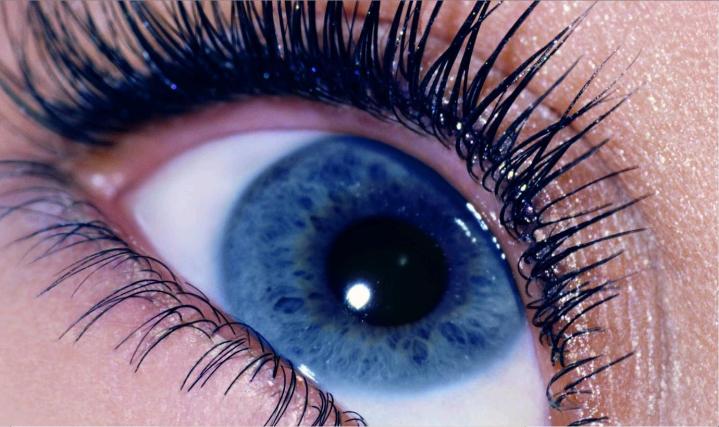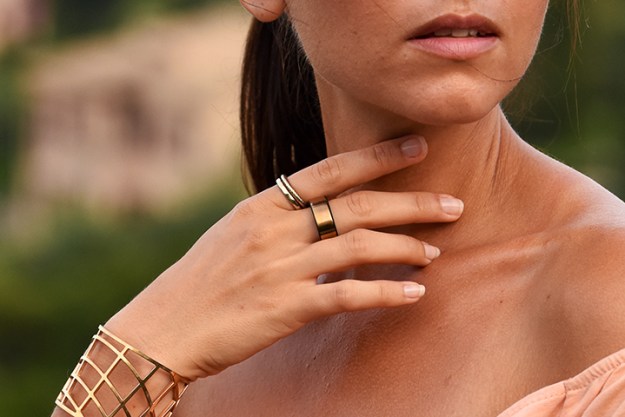
The study followed 1,263 European Americans and controlled for factors such as age, sex, and genetics. Researchers concluded that among their sample population, those with light eyes (defined as blue, green, and grey) were more likely to exhibit signs of alcohol dependency than their dark-eyed counterparts. Moreover, among the light-eyed, subjects with blue eyes had the highest rate of alcohol dependency.
As it turns out, the genes that determine eye color are located on the same chromosome as those that control alcohol dependence. And as scientists found in this most recent study, there is a “statistically significant” interaction (defined as an affect of one gene on the behavior of another) between the eye color and alcoholism genes.
Despite this apparent relationship, there is still much mystery surrounding alcoholism and its compounding factors. Dawei Li, the lead author of the study, noted that, “Right now it’s a question for us — we don’t know what drives this.”
This is by no means the first time that eye color and alcoholism have been closely linked. In 2000, a study found that dark-eyed female subjects averaged 4.91 drinks in the previous month, while blue-eyed subjects averaged nearly an entire drink more at 5.78 alcoholic beverages.
Ultimately, says Li, the goal is to apply this knowledge in a medical setting in order to prevent this debilitating dependency. “That would be the our long-term [goal], that it could be applied to the clinic,” Li told ABC News today. “For me as a scientist, there is still a long way to go.”


